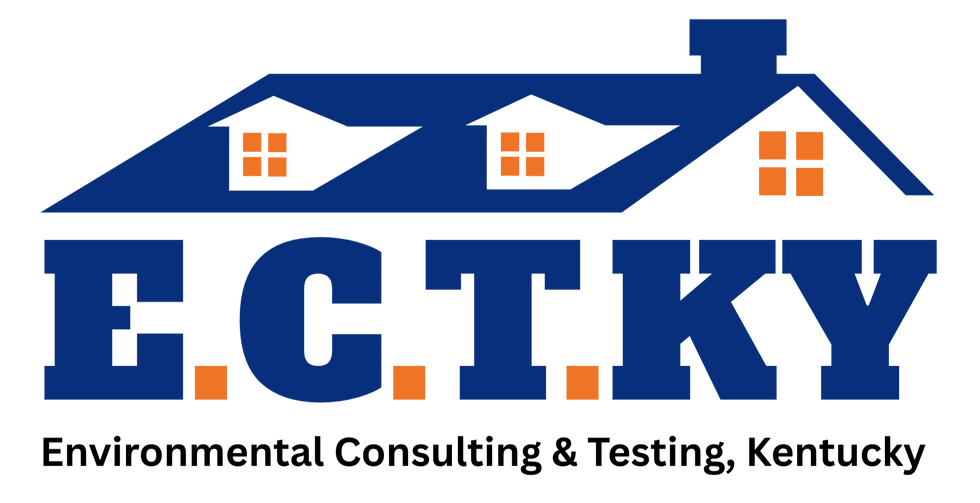Unseen Dangers: Understanding the Structural Risks of Water Damage in Your Home
- ECTKY

- May 27
- 4 min read
Water is essential for life, but it can also create significant risks to your home's structure. From sudden leaks to heavy rainfall, water damage is a common problem that can lead to serious risks if not addressed promptly. Prolonged exposure to moisture can weaken essential materials like wood, drywall, insulation, and even the foundation of your home. Recognizing these risks is key to maintaining the safety and value of your property.
Understanding the hidden threats associated with water damage is vital. This article aims to shine light on these dangers and provide practical advice for protecting your home from water-related problems.

The Impact of Prolonged Moisture
Moisture can find its way into your home through various channels such as leaking roofs, faulty plumbing, or high humidity levels. Once water seeps into materials, it can trigger a cycle of deterioration that affects both safety and aesthetics.
Effects on Wood
Wood is a primary material in most homes, especially for flooring, beams, and furniture. When exposed to moisture, wood absorbs water, leading to issues like warping, swelling, and ultimately, rot.
Rotting wood not only compromises the structural integrity but also attracts pests like termites, which can accelerate damage further.
For example, studies show that homes with moisture problems are 80% more likely to experience wood rot. Homeowners should especially monitor areas where wood is present, such as basements, attics, and around windows.
Damage to Insulation
Insulation is crucial for maintaining your home’s energy efficiency. However, when it gets wet, it loses its effectiveness, which can result in increased heating and cooling costs. In fact, soaked insulation can decrease its R-value by up to 50%, meaning your home may require more energy to stay comfortable.
Moreover, wet insulation can become a breeding ground for mold, releasing spores into the air and potentially impacting your family's health. The CDC reports that exposure to mold can lead to respiratory issues, allergies, and other health problems.
Dangers to Drywall
Drywall is another essential component that is vulnerable to water damage. Once it gets wet, drywall can begin to crumble and lose its structural integrity.
Damp drywall creates a thriving condition for mold, which can not only ruin the look of your home but also lead to serious health risks. Mold can spread rapidly; one square foot of mold growing in damp drywall can double in size in just 24 hours if not addressed.
Weak Foundations
One of the most severe impacts of water damage is on your home's foundation. Excess moisture in the soil around your foundation can cause erosion, cracking, and settling.
Structural engineers warn that compromised foundations can create significant safety hazards, including the risk of collapse in extreme conditions. For instance, homes that suffer from foundation settling can decrease in market value by up to 30%.
Regularly inspecting your foundation for signs of moisture issues, such as cracks, shifting, or pooling water, is critical.
Early signs of water damage often go unnoticed but can lead to costly repairs if ignored. Look for yellow or brown stains on walls and ceilings, which indicate moisture intrusion. A musty odor may point to hidden mold, while peeling paint or wallpaper suggests dampness behind surfaces. Mold growth and warped or buckling floors are also serious red flags. Identifying and addressing these issues quickly is key to protecting your home and health.
Steps to Protect Your Home
Preventive measures can significantly reduce the risk of water damage. Here are some important steps to consider:
Regular Inspections
Conduct regular inspections to check for signs of leaks or moisture. Focus on areas prone to dampness, such as basements, attics, and near windows.
Maintain Gutters and Downspouts
Clogged gutters can overflow and direct water toward your foundation. Make it a habit to clean your gutters and downspouts regularly to ensure proper drainage away from your home.
Inspect Plumbing Systems
Checking your plumbing for leaks and wear can let you spot potential issues before they escalate. Be proactive in replacing aging pipes and fixtures to avoid costly repairs down the line.
When to Call a Professional
While homeowners can handle some water damage issues, certain situations require professional assistance. If you encounter any of the following, it may be time to reach out to restoration experts:
Extensive Water Damage: If the damage covers a large area or impacts critical structural elements, consulting professionals is essential.
Mold Infestation: If mold growth exceeds a small area, specialists can provide safe and effective remediation.
Foundation Issues: Noticing cracks or shifting in your foundation warrants immediate professional evaluation to prevent severe risks.
Important Takeaway: Protect Your Investment
Understanding the structural risks of water damage is essential for protecting your home. Prolonged exposure to moisture can compromise vital materials, leading to rot, collapse, or mold that can threaten your family’s health.
By being proactive, conducting regular inspections, and addressing water damage signs promptly, you can safeguard your home. Remember, extensive damage may require the expertise of restoration experts to restore your home to its original condition.
Maintaining your home’s structural integrity is not just about aesthetics; it's also about safety. Take the right steps now to protect your investment and ensure your home remains a sanctuary for years to come.
Taking action today can prevent a cascade of issues tomorrow. Start your journey toward a secure and dry home now.
_edited.png)
_edited.png)



Comments